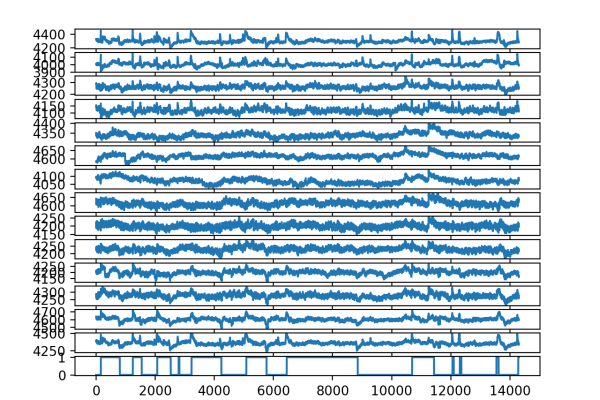Predict Whether a Persons Eyes are Open or Closed Using Brain Waves

Last Updated on August 28, 2020
A Case Study in How to Avoid Methodological Errors when
Evaluating Machine Learning Methods for Time Series Forecasting.
Evaluating machine learning models on time series forecasting problems is challenging.
It is easy to make a small error in the framing of a problem or in the evaluation of models that give impressive results but result in an invalid finding.
An interesting time series classification problem is predicting whether a subject’s eyes are open or closed based only on their brain wave data (EEG).
In this tutorial, you will discover the problem of predicting whether eyes are open or closed based on brain waves and a common methodological trap when evaluating time series forecasting models.
Working through this tutorial, you will have an idea of how to avoid common traps when evaluating machine learning algorithms on time series forecast problems. These are traps that catch both beginners, expert practitioners, and academics alike.
After completing this tutorial, you will know:
- The eye-state prediction problem and a standard machine learning dataset that you can use.
- How to reproduce skilful results for predicting eye-state from brainwaves in Python.
- How to uncover an interesting methodological flaw in evaluating
To finish reading, please visit source site